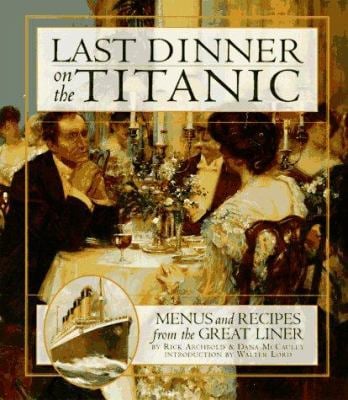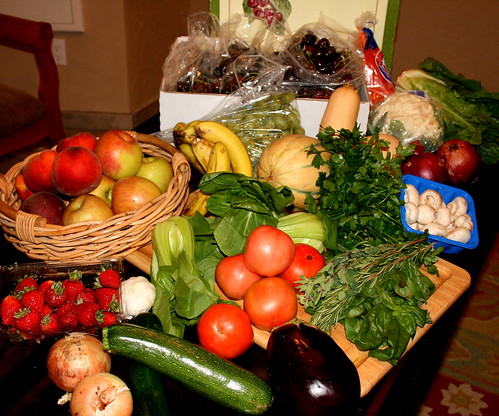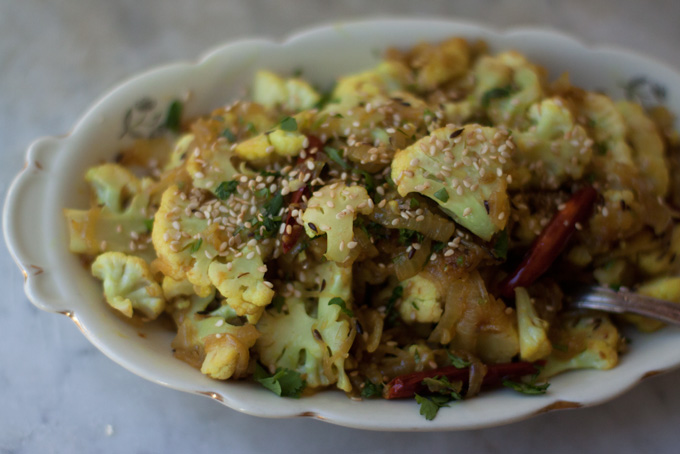"I well remember that last meal on the Titanic.We had a big vase of beautiful daffodils on the table, as fresh as if they had just been picked. Everybody was gay, and people were making bets on the probable time of this record-breaking voyage."
--First-class passenger Lady Duff-Gordon
I have owned this book for about ten years now, and still smile when I dust it off. As my experience with cooking grows, I find that different parts of it speak to me. This time around, I've pulled it off the shelf for a very exciting reason: my local Steampunk group, The Innovative Society of Victorian Irregulars, has decided to do a Titanic dinner as our big spring event next April. With good reason, too. The evening of Saturday, April 14th, 2012 will mark the 100 year anniversary of the last meal served on the Titanic, which met it's infamous demise at 2:20 am on April 15th, 1912.
 |
| Prints available from allposters.com |
 |
| From the Titanic Historical Society site. |
If planning a party, the Appendix is singularly useful, including advice on Edwardian customs, proper invitation ettiquete, what to wear, and table settings. There is also a fascinating grouping of mini-biographies, allowing you to assign guests the persona of a specific guest if so desired.
RMS Titanic First Class Dinner MenuHors D'oeuvre Varies |
Consomme Olga | Cream of Barley |
Filet Mignons Lili
Saute of Chicken, Lyonnaise
Vegetable Marrow Farcie
Lamb, Mint Sauce
Roast Duckling, Apple Sauce
Sirloin of Beef, Chateau Potatoes
Green Peas | Creamed Carrots |
Parmentier & Boiled New Potatoes
Punch Romaine
Roast Squab and Cress
Cold Asparagus Vinaigrette
Pate De Foie Gras
Celery
Waldorf Pudding
Peaches in Chartreuse Jelly
Chocolate & Vanilla Eclairs
French Ice Cream

Something else to keep in mind is that part of what was considered impressive about the Titanic was that it was state of the art for the era. In the kitchens, massive refrigeration unites, ovens, and stoves meant that cooks were capable of pulling off all of the same tricks as the finest restaurants of the day. What a thrilling thought for the technophile!
 While I would suggest getting the book, due to the plethora of additional useful information, recipes can be previewed at these sites:
While I would suggest getting the book, due to the plethora of additional useful information, recipes can be previewed at these sites:La Belle Cuisine
Eras of Elegance
The Titanic About.com guide by Donna Pilato
And for a very interesting provisions list, go here (the scale of it is boggling).











